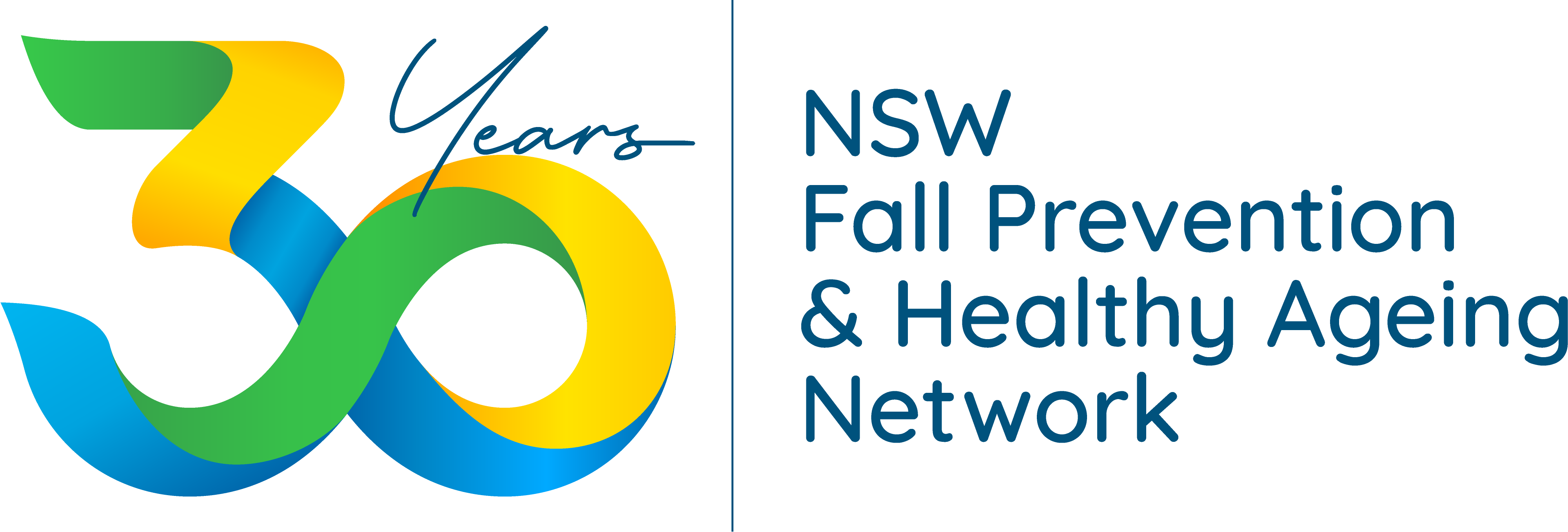The issue of falls
Falls are the leading cause of injury-related deaths in Australia. Each year, around 200,000 falls are severe enough to require hospitalisation.
In 2016, the annual estimated recurrent health service expenditure on falls was about $3.9 billion nationally. This is expected to increase markedly with the number of people aged 65 years and over projected to nearly double by 2042. Effective fall prevention programs are required in order to reduce falls and injurious fall rates to lessen the burden on the health system.
Risk factors for falls
While falls can occur throughout life they become more common and consequential as people age. In Australia, 30% of adults aged 65 and over will experience at least one fall a year. During the normal ageing process, changes such as poor vision and reduced muscle mass and bone strength increase the risk of older people experiencing a fall.
Fall risk is multifactorial and linked to changes in physical and sensory function, the use of certain medications and medical conditions. The good news is many of these risk factors are modifiable.
Falls can be prevented
Exercise has been shown to reduce the number of falls over time by around 23%. High challenge balance exercises of sufficient dose can increase the effect of exercise, to up to 40%. Multicomponent and multifactorial interventions that include education, home safety modifications, foot health, strength and balance exercises, vision screenings and medication reviews have also been shown to be effective at reducing falls.
The NSW Fall Prevention and Health Ageing Network works collaboratively with healthcare and community providers to provide the latest evidence and best practice information for falls and fall-related injury within the broader scope of healthy ageing. The Network also aims to disseminate this research into the community through our conferences and workshops.
